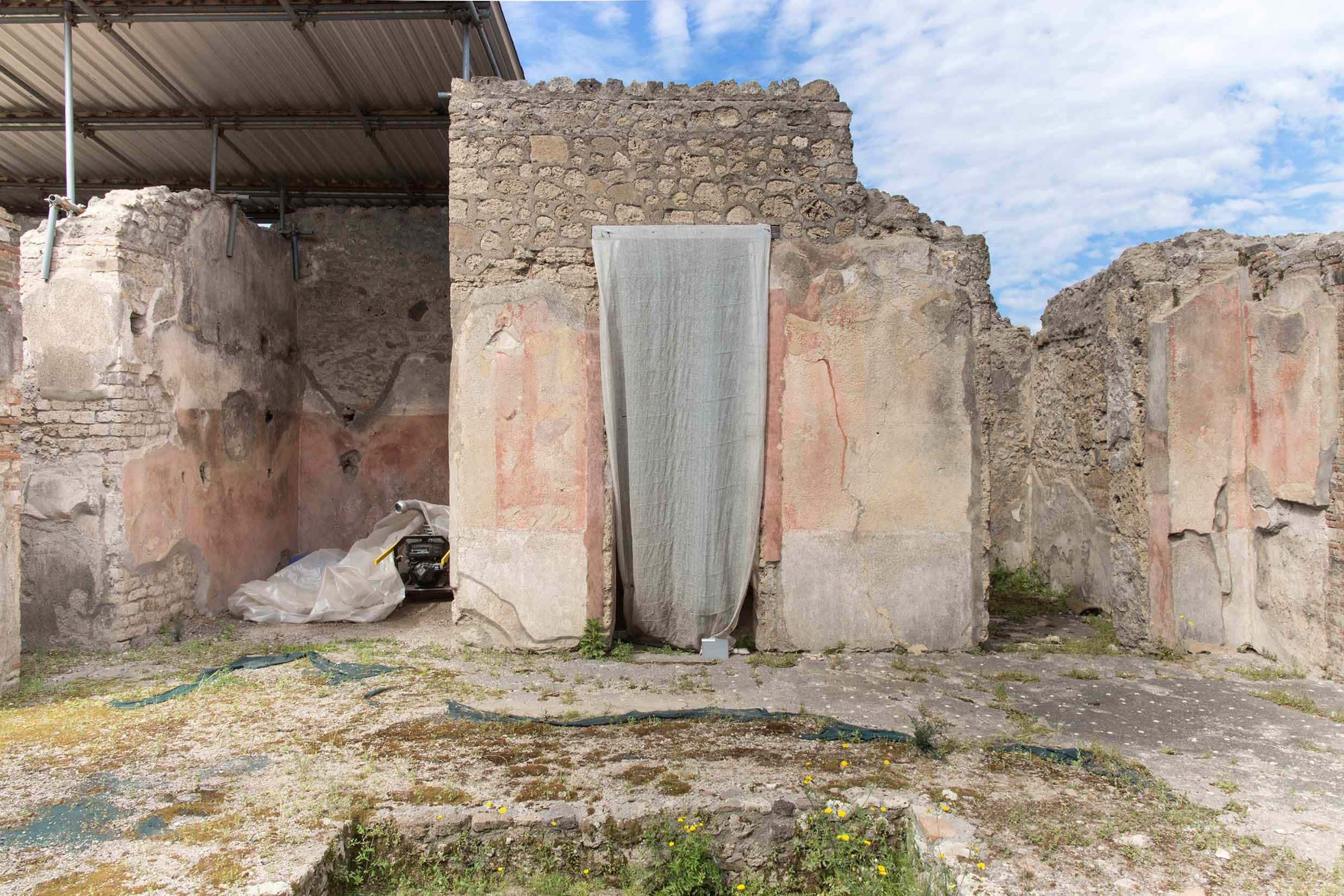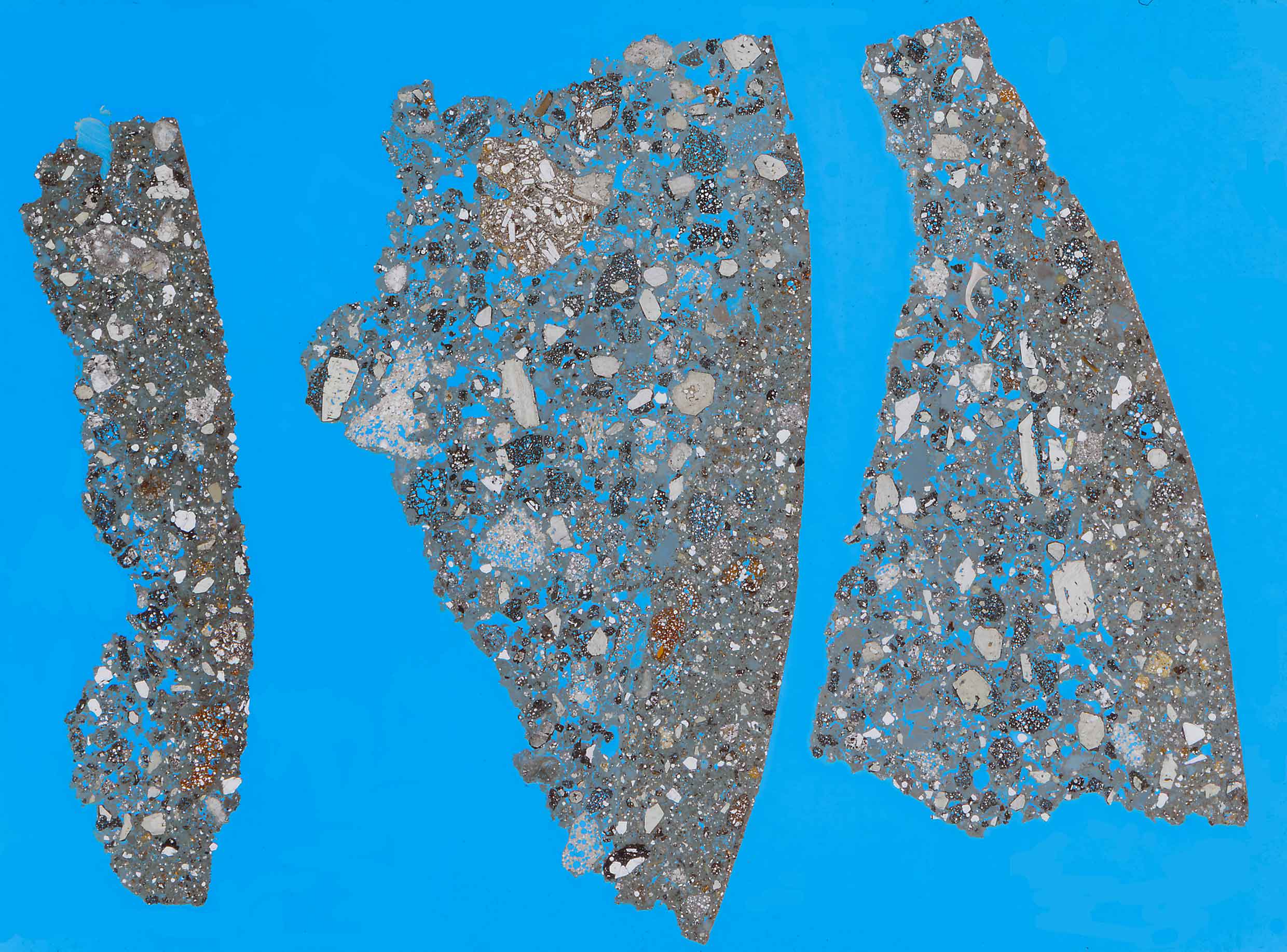Pompeii as a restoration archive and exhibition laboratory
Preserving ancient sites and looking after them carefully is one of the great challenges of our time. What better place to do that than in Pompeii? After all, this is the most completely preserved ancient city in the world and therefore has a very rich architectural heritage that must be conserved.


Scientific analysis of the restoration methods used
For this reason, the Fraunhofer Institute for Building Physics IBP and the Art History Institute in Florence - Max Planck Institute (KHI) have now combined their technological skills and their expertise in art and cultural studies. The cooperation project, which started in the summer of 2015, aims to increase understanding of how monuments should be looked after and to protect the monumental heritage in the long term. The interdisciplinary team of researchers analyses the methods used to restore the Pompeian originals and assesses their sustainability. A particular focus is on studying architectural surfaces and mortars.
Pompeji as a historical archive
From the point of view of art history, Pompeii is a historical archive - to be more precise, the history of restorations carried out since the 18th century in their respective historical, knowledge and technical context. The scattered or as yet unearthed sources of information and materials connected with the 250-year history of restoration of Pompeii and its transformation into a museum will be brought together, scientifically analyzed and researched. At the same time, the researchers also want to create a knowledge base for developing new restoration materials and innovative approaches relating to research on the history of Pompeii. Pompeii is not simply an excavated historical city buried by the famous volcanic eruption in 79 AD. Rather, it is a juxtaposition and superimposition of a multitude of restorations and museological reconfigurations. This approach enables the project team to gain insights into how the ancient site has been shaped since the 18th century. The team wants to contribute these findings to cooperations with other partners - and thus lay the foundation for the city to be further studied and presented in a museum setting.
Reconstructing mortar recipes
If the Pompeian wall paintings are to be preserved permanently, optimally adapted restoration mortars are required. What is the composition of these building materials? This question can be answered by applying modern methods from building materials research, such as Raman spectroscopy, micro CT, high resolution 3D imaging and the computer-aided statistical analysis of large amounts of data - combined with traditional mortar analysis methods. Right down to the smallest particle. In this way, the research team can reconstruct and evaluate mortar recipes used in earlier phases of Pompeii’s restoration. The results obtained form the basis for developing new restoration materials for sustainable conservation.